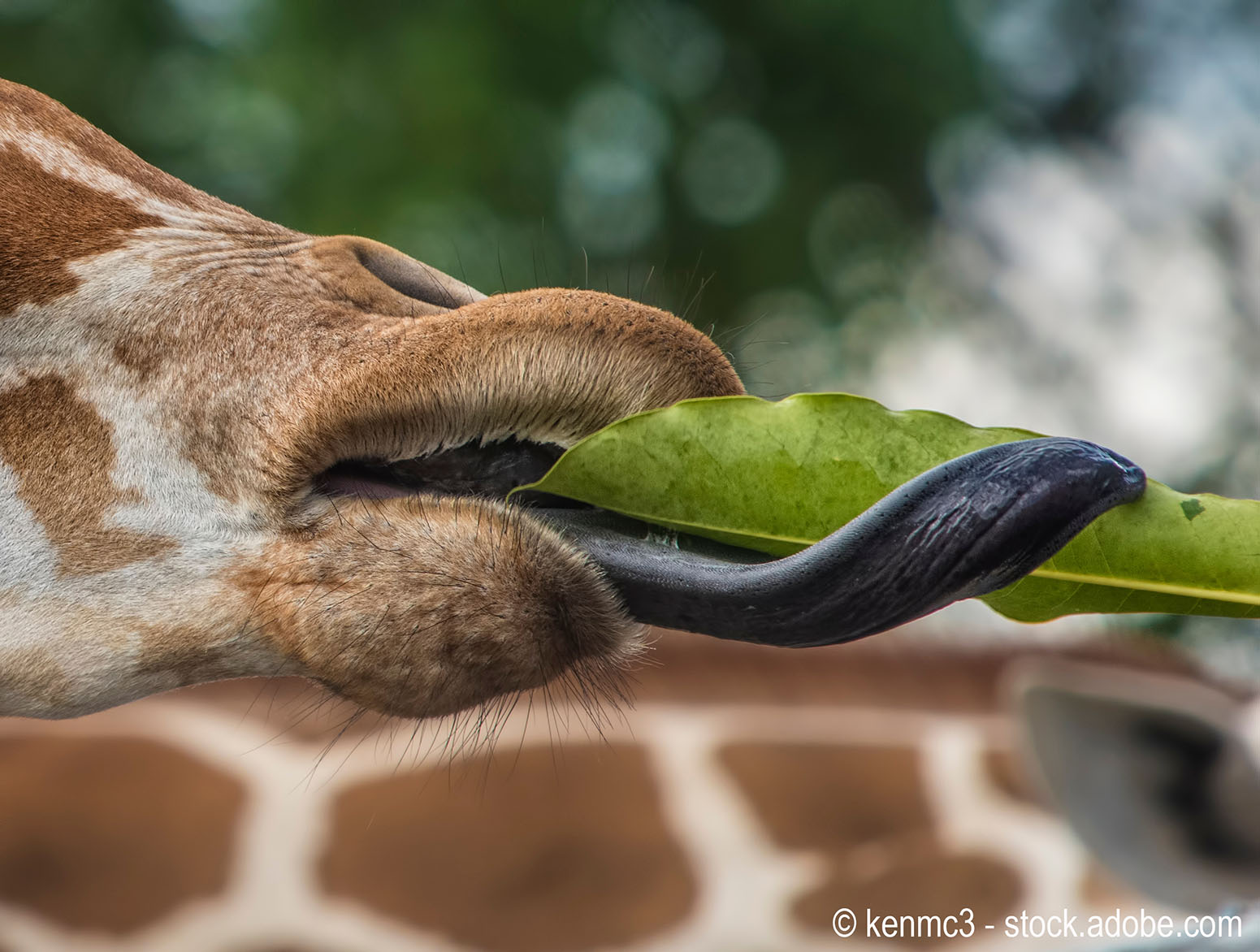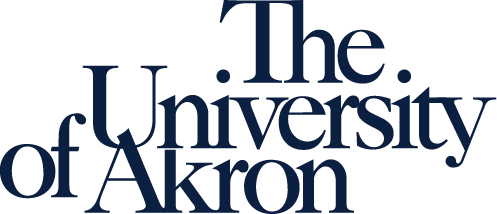Biting, lapping, chewing, swallowing
Feeding and drinking are complex behaviors that are critical to survival. Yet failure to coordinate the movements of the structures that control how food or liquid is handled from ingestion to swallow can be dangerous. While a chipped tooth and biting the tongue are unpleasant, failure to coordinate the swallow with respiration can lead to aspiration pneumonia, or even death. The fact that we mostly eat and drink without really thinking about it is amazing, especially given that more than 30 pairs of muscles must be coordinated in the head and neck as food or liquid makes its way to our stomach. In our lab, we work at the interface of anatomy, functional morphology, physiology, and biomechanics to understand the development and evolution of the motor control of feeding and drinking, the coordination and adaptability in the movements underlying these highly complex behaviors, and what happens when this coordination fails.
Featured Research Areas
My lab currently focuses on understanding the biodynamics of feeding through the lens of behavior, motor control, sensorimotor integration, and structure-function relationships.
Ontogeny of Feeding Motor Control

How do the coordinated movements of the tongue and jaw mature as infants transition to solid foods? How can we leverage an understanding of developing neuromusculoskeletal systems involved in feeding to help infants who struggle to make this transition? Our work leverages natural ontogenetic changes that take place during critical periods of growth and development to understand how complex oropharyngeal motor skills and sensorimotor systems develop.
Kinematics and Biomechanics of Feeding

How are the movements of the structures involved in feeding coordinated, and are there differences in these movements and their coordination in relation to anatomy or diet? For our comparative work, we want to understand fundamental patterns of motor output of the structures involved in feeding. We also want to understand how oral and pharyngeal sensory systems precisely control and modify feeding movement and whether movement variation is facilitated or limited by anatomy.
Dynamics of soft tissues during feeding

How does the tongue, which plays an essential role in all oral behaviors, move and deform to manage foods and liquids in the oral cavity? How does the anatomy of the tongue relate to the observed movements and deformations. The tongue is an entirely muscular structure with no internal skeleton. Despite its importance, we still do not understanding how the tongue "works" because it is anatomically complex and its movements and deformations are difficult to measure or model. We are working to model tongue movements using our XROMM data as well as digital anatomical models to better understand how this fascinating organ works!
Our Team
We are at the forefront of research on the physiology and biomechanics of feeding. The research we conduct converges evolutionary and clinical questions through standard physiological and biomechanics approaches and modern kinematic analyses such as X-ray Reconstruction of Moving Morphology. We are an experimental lab, but routinely dive deep into anatomy to better understand how the shape and structure of the muscles, bones, and cartilages of the feeding apparatus relate to function.
If you are interested in joining the lab, please contact Susan Williams.
News And Updates About Our Research And People
Our Collaborators and Partners
A Williams and Scarborough joint lab meeting at Miami University. 







